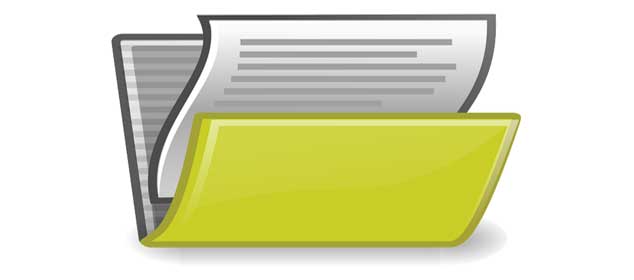Conversions
The next, and most critically important, part of our 4-step affiliate formula is conversion rates. We need to do all we can to increase conversions and one of the best places to start is with landing pages.
Affiliate Landing Page Conversation Rates
Super affiliates are constantly testing and tweaking their landing pages in an effort to increase that all important conversion rates. While there are literally hundreds of different methods, here are some of the top ones to help you get started on the right foot.
Landing pages, also known as squeeze pages, come in many varieties. You can create a squeeze page to collect email addresses by offering a freebie or product review or a newsletter subscription to your product authority site. Regardless of the exact type of page you create, here are some specific elements that work across all affiliate pages and must be in place in order for your pages to be most effective:
- Clickable Images: Place an image that relates to the product you’re promoting in the first fold of the page. An image attracts clicks more effectively than just about anything else you can put on a page with the possible exception of a brief, well produced video.
- Clickable Links: Place your links in multiple locations whether it’s in a product review page or product offer page. Place one link tin the first fold for readers who want to take action immediately, another link halfway down the page and another one at the bottom of the page.
- Star Rating Systems: One of the easiest ways you can get people to click on your call-to-action (CTA) links, is to use a 5-star rating system for the products you promote. This works so well because people have been programmed by Amazon and iTunes to recognize quality based on start ratings. Many people will opt to check out the start rating rather than to read an entire review.
- Alternate Options: Offering multiple options beyond the initial reviewed or promoted product can, in some cases, be extremely effective. While this all depends on the specific niche you’re in. I suggest you run split tests to verify its effectiveness. For example, if you write a product review page offer tow versions – the first one linking only to a buy button for the reviewed product and the second one with additional buy links to alternative related products at the end of the initial product review. If you try this, remember to post offers only for products that have similar star ratings, which will show your readers that you review only the best products. Including a review with a low rating can lower conversion rates and make it harder to sell that product later through your email marketing list.
- Always Point to a Premiere Product: Regardless of how many pages/articles your site has or how many products you promote, you should always use a clickable image on the top fold to showcase the premiere product review your site is offering.
- Flying Popovers: Popup-like layers that appear on the screen after a set amount of time, are one of the most effective sales tools you can use. The best to use these is 20-30 seconds after the reader has been on your site and has gotten interested in our offer. If you pop it up too soon, your reader will probably just hit the back button and leave. When you ask for email addresses this way, you’ll find that you get more real ones. Warning: Don’t use a popup box because these can hurt for site’s performance in the search engines.
- Relevancy: Promote only the product that is most relevant to the content on a particular page. For example, if you have an article about weight loss, don’t promote a product for hair loss. Treat each page of your website as a separate entity that people will reach directly from a search engine link. Don’t assume people will click on any other links on your page other than what you put directly in front of them.
- Geo-targeting: If you sell a product that can benefit from it, you’ll find it very effective to target your visitor’s geographic location. There are a number of scripts available that will provide this info for you.
While there are some other specific on-page things you can do to boost conversions, we’ll cover those when we get to email marketing and other advanced strategies in the next chapter. But for starters, the above will give you a solid foundation to build on.
Beware of FTC Regulations
The CAN-SPAM was first enacted by the Federal Trade Commission in the USA in 2003 and affected the vast majority of Internet marketers. In 2009, another huge change was enacted into law affecting all US-operated websites and markets. The law states the if you review a product, you either need to have used it yourself (and paid for it) or disclose that you are a marketer and are not qualified to offer industry-specific advice. While this might seem to go against the grain for many affiliate opportunities, it actually doesn’t affect your conversation rates very much.
Make you comply by putting a notice after each affiliate link that saying you are an affiliate selling the product. You must make it clear that what they are reading is an advertisement and not an impartial review. Don’t hide the text or put it on a disclaimer page. It must be visible along with any calls to action. You don’t have to worry as much about banner ads because they’re considered obvious advertisements.





